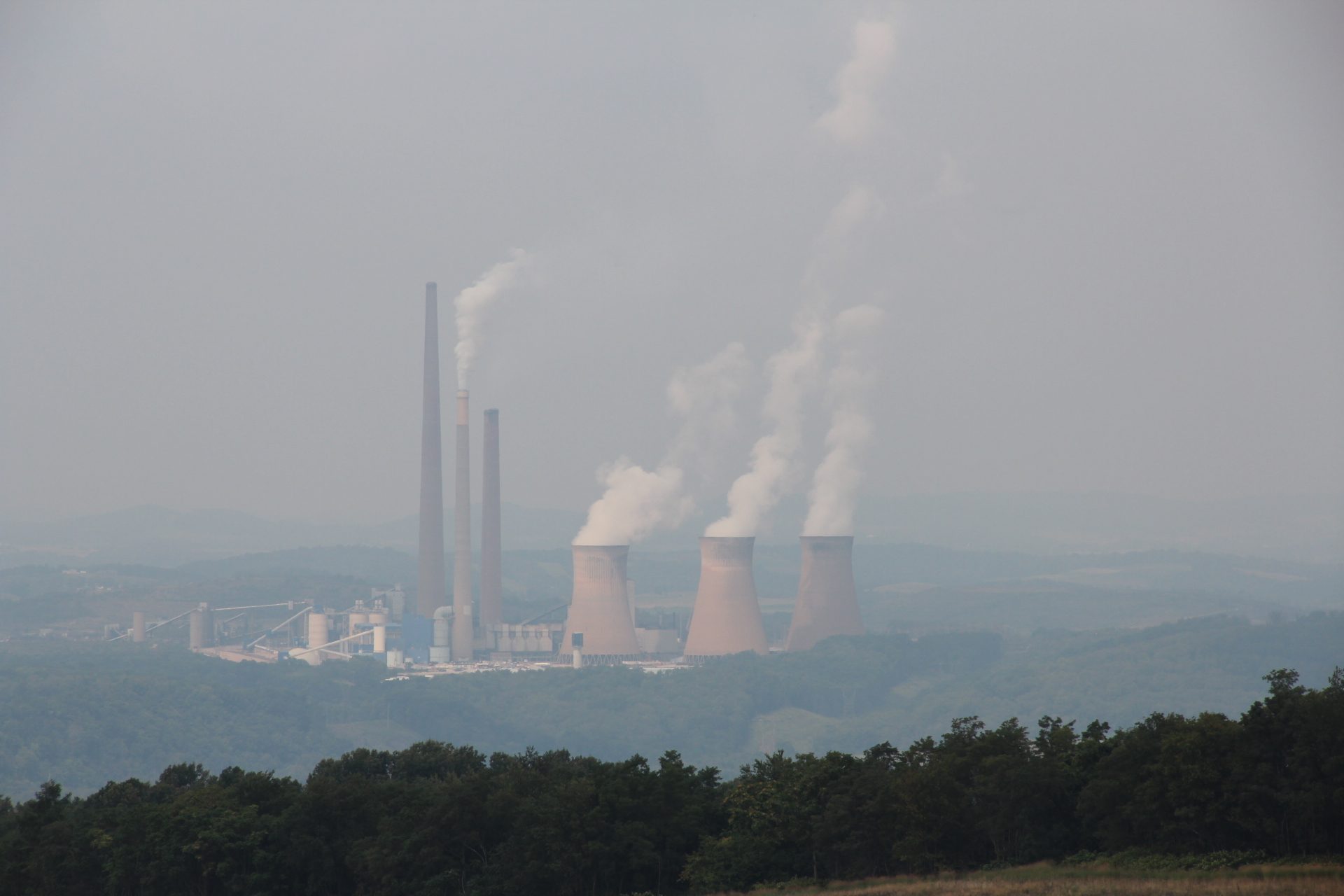For years, scientists have known that pollution from burning fossil fuels is bad for us.
But just how bad? And can we place a dollar amount on the hidden costs of burning coal and other fossil fuels for electricity?
Paulina Jaramillo, an assistant professor of engineering and public policy at Carnegie Mellon University, wanted to find out. She and her colleague, Nicholas Muller of Middlebury College, used a model to tabulate the cost of pollution from the energy sector in the U.S.
The researchers plugged in emission inventories from the EPA for power plants, oil and gas drilling, refineries and coal mines. They then incorporated weather models and population data and added up the expected costs of pollution on crops, forests, infrastructure and human health.
LISTEN: “Adding Up the Health Costs of Burning Fossil Fuels”
The findings were pretty clear. Since the early 2000s, emissions from sources like coal-fired power plants have been decreasing. And because of this, Jaramillo and Muller found that the annual cost air pollution exacts on the American economy declined by about 25 percent from 2002 to 2011. The total price tag now comes to $130 billion a year, or around $400 for every person in the U.S.
“Because we started reducing these emissions, we reduced health impacts,” Jaramillo says. “We cannot pinpoint who specifically benefitted, but on a population basis, there are benefits.”
Jaramillo says the reason for the big change is that new regulations imposed by the EPA on the coal industry forced many coal-fired power plants to control their emissions. And for a few years, the Great Recession lowered overall demand for electricity. Cleaner sources of power, like natural gas, have also cut into coal’s share of the electricity market.
Jaramillo and Muller’s estimate came in around double earlier estimates. It also captured regional differences in air pollution’s costs. The region that paid the highest price for air pollution is an area stretching from Illinois to Pennsylvania.
“These are the states with the highest social damage because that’s where coal is produced,” Jaramillo says. Lowering emissions in these regions would produce the biggest gains, she says. “[The effect of] a ton of emissions emitted in downtown Pittsburgh is really different from a ton of emissions in the middle of the ocean.”
Arvind Venkat, an emergency physician at Pittsburgh’s Allegheny Health Network, says that air pollution is “a well-recognized trigger” for patients to come into emergency rooms for breathing conditions.
“What happens a lot with these patients is they have allergies due to air pollution, or they get a virus of some sort—that really triggers them,” Venkat says.
Studies show that emergency room visits for heart and lung ailments go up on days when pollution is highest. And at around $1,000 a visit, costs for ER visits for people with breathing problems can quickly add up.
Jason Hill, an associate professor of bioproducts and biosystems at the University of Minnesota, says this type of analysis is useful in evaluating the impact of different industries on the economy.
“Whenever you can convert damage to economic cost, you can then compare easily among different options. That’s one of the values of converting to the common metric of the dollar.”
Jaramillo says the takeaway from her study was pretty simple—anti-pollution policies are successful.
“We need to continue regulating these emissions, because [it] has been effective.”


